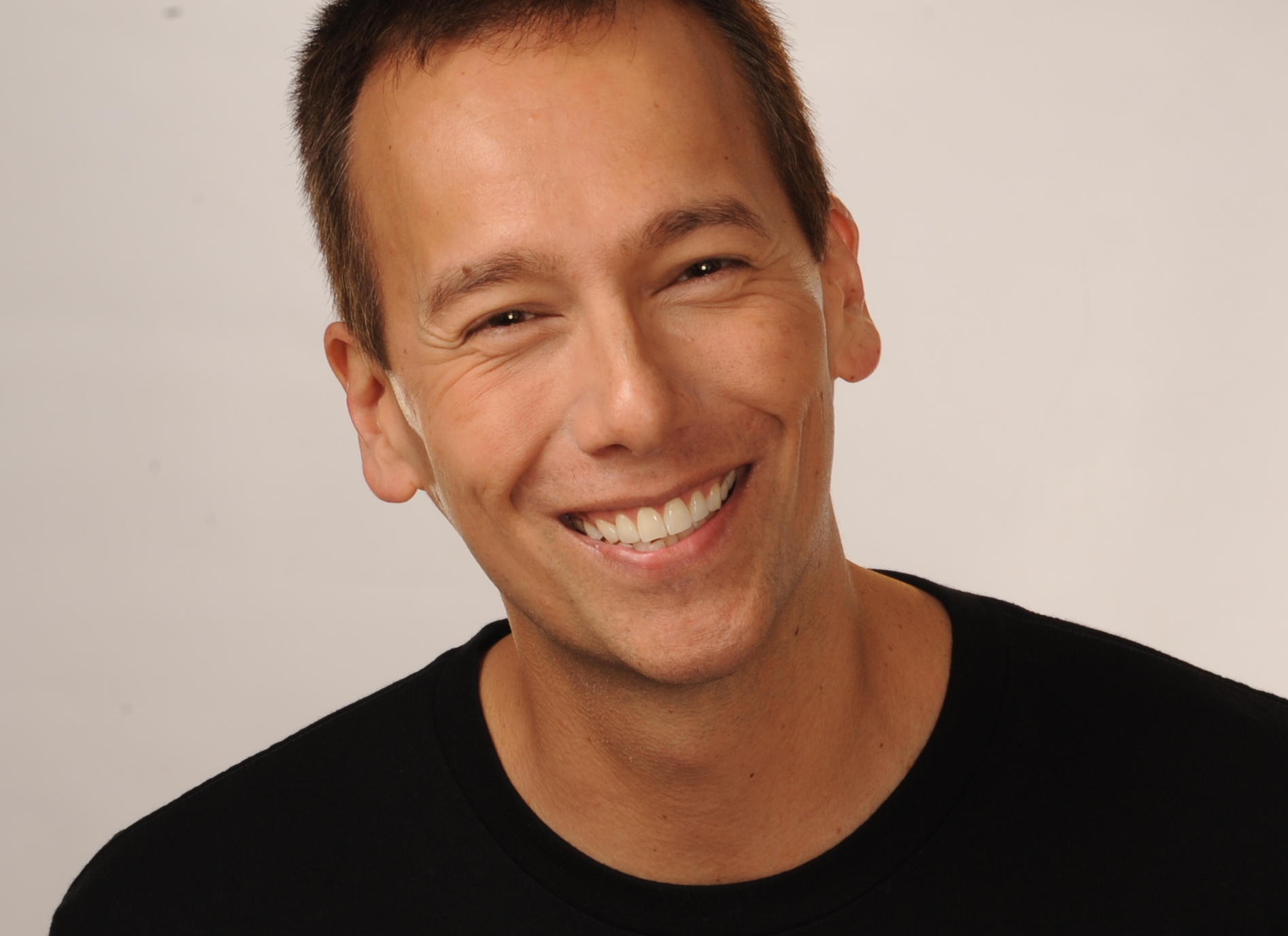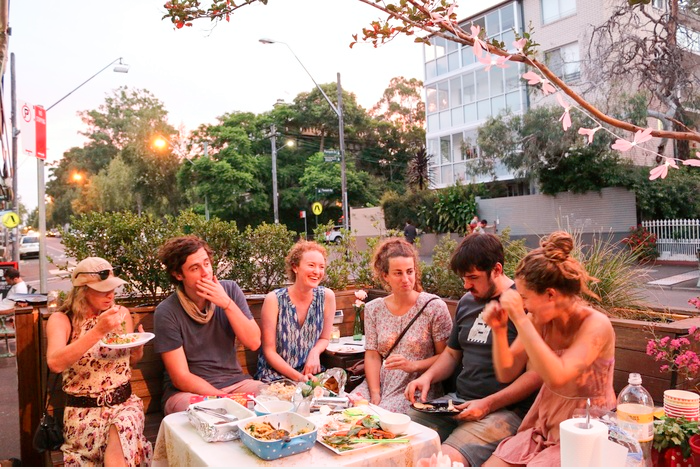As any gardener will tell you, when we lavish love on something it shows. Conversely, when something is neglected the effects are just as clear.

Cities and towns are no different, argues author and speaker Peter Kageyama.
US-based Kageyama is the author of
For the love of cities: The love affair between people and their places and the follow-up,
Love where you live: Creating emotionally engaging places.
Kageyama’s philosophy is simple – if you create fun, engaging spaces for your community, they will form an emotional attachment to that space and become vested in its well-being.
Of course, custodians of public infrastructure and cities want people to enjoy the facilities they work so hard to build and maintain.
But is there a deeper benefit to creating a city that people love?
Why does it matter if people love where they live?
In the US, the Knight Foundation conducted a three-year survey between 2008-2010, of 40,000 people in 26 cities called
The Soul of the Community. The study was to understand the emotional connections people have with places.
They found the places that had the highest levels of social and emotional engagement also had the correspondingly highest levels of local economic vitality.
“They would not go so far as to say these were
causal, but they were clearly related in some fundamental way,” Kageyama told
intouch.
“It should not be surprising that love matters. When children are loved they thrive. The same is true with pets, plants and even objects.
“I can’t prove to you that love matters, but I know it down to my very bones that it does. Most of us do as well. So in trying to create a better city, a healthier economy and a more vibrant community, why would you not include an emotional component to the work as well?”
Fixing potholes won’t make people love their city

The Soul of the Community survey had another interesting finding; it revealed that 40% of respondents felt unattached to their city, 36% felt neutral and only 24% – less than a quarter – felt attached.
Kageyama says fixing this imbalance is not as simple as just filling in the potholes.
“People are pretty clear about what they hate about cities – it’s the big things like traffic, parking, bad design – big problems that you could take a whole lot of money trying to fix,” he says.
“I can guarantee you this: you could fill every pothole in a city, and when asked the people would say, ‘The streets don’t suck quite so bad’. There is very little emotional return from things like that.
“Let’s start with recognising that citizens know to ask governments to fix potholes; it is an obvious problem.”
Citizens do not necessarily know to ask for things like beauty, art, or great design, Kageyama says.
“But once they have them, they think 'How did I live without this?'. Leaders need to listen but also intuit what citizens want beyond
mere paved roads.”
According to Kageyama, the things people love about where they live are small things – things like a particular view, a park, a place where they can sit and watch people or a place where they can walk their dog.
Kageyama calls these places ‘love notes’.
Creating city ‘love notes’

With a reputation as the “City Love Guy”, it is little surprise that Kageyama advocates the ideas citizens creating ‘love notes’ for their cities.
“I have this idea that these love notes – which are these small things that have an out-sized impact on the way we feel about people – also have an impact on the way we feel about places,” he says.
The
Glebe ‘parklet’, currently being trialled in the inner west suburb of Sydney, is a perfect example of a city love note.
Designed and created by SAMA Design, the parklets are made from recycled shipping containers and durable hardwood.
The parklets are easily transported, which has enabled the original, and others built since, to be trialled in various locations around Sydney, including Clovelly, Bondi Beach and Waverley.
Now stationed on Glebe Point Road, the original parklet is a haven for foot weary shoppers, people looking for a place to read a newspaper or chow down on their takeaway, and has even been the site of a mini parklet festival with workshops, poetry, a community dinner and a street library.
So, what does a loved city look like?
Kageyama recalls the town of Muskegon, Michigan, population 30,000.
A former industrial town located on Lake Michigan in the American Midwest, Muskegon, like many ‘Rust Belt’
cities was trying to find its 21st Century identity.
“I did a workshop there that brought together more than 100 locals and challenged them to find some simple, inexpensive, creative and fun ways to make something happen in their city,” Kageyama says.
Apparently, this sparked something in that community because, within months, a group and movement called ‘Love Muskegon’ was born.
“This project did two critical things that I believe made a huge difference in their success,” Kageyama says.
“First of all, it was led by a group of young professionals with some quiet support from the Chamber of Commerce and the local Community Foundation. Quiet in the sense that the Chamber and Foundation did not want to be seen as leading this effort because then it became an official project.
“So, they supported these young leaders but in behind the scenes way. Second, they open-sourced the idea of loving the community and allowed anyone with an idea and passion
to make something happen to use the umbrella of Love Muskegon.
“No one controlled the idea, but everyone owned the idea.”
This led to little things like t-shirts and spray-chalked messages to new creative businesses from these same young professionals such as Unruly Brewing a microbrewery in the heart of downtown Muskegon.
Kageyama says these same young professionals have run for political office and the local planning commission on the Love Muskegon platform.
The city got involved and waived permit fees for any Love Muskegon inspired event and the local community foundation created a micro-grant program that would allow ordinary citizens with an idea to improve the community to apply for a grant from the foundation.
“Today, there is a sense of pride and optimism in Muskegon and a whole new generation of young and older creative leaders, who have taken up the mantle of city building,” Kageyama enthuses.
How to create a loved city or town
Kageyama advises starting with a simple goal: bring more fun to public spaces.
“Start with the goal of creating an emotionally engaging, fun, happy space – this would be a great first step,” he says.
“Then, keeping it fairly simple at first, create some easy guidelines, like increasing the people watching opportunities in a space, making it more comfortable and more visually stimulating – these would fantastic frameworks for change.”
While consulting the community is important, Kageyama warns against making the questions too broad.
“Of course local government wants public input, but they often ask for it in the wrong way,” he warns.
“If we ask citizens of any city what they want for their city or what should be built, we will probably get some good, thoughtful answers on things that are really big, expensive and will take lots of time.
“Citizens go to the big stuff. They don’t think that the small, hyper-local, fun stuff is city-making.
“So government needs to ask the questions in a different way, often times in a different environment from a typical community forum. Asking citizens how to make the city more fun would be a great exercise to get people engaged and thinking about their city in a different way.”
Images: Peter Kageyama, the Glebe parklet (from glebe.com.au).